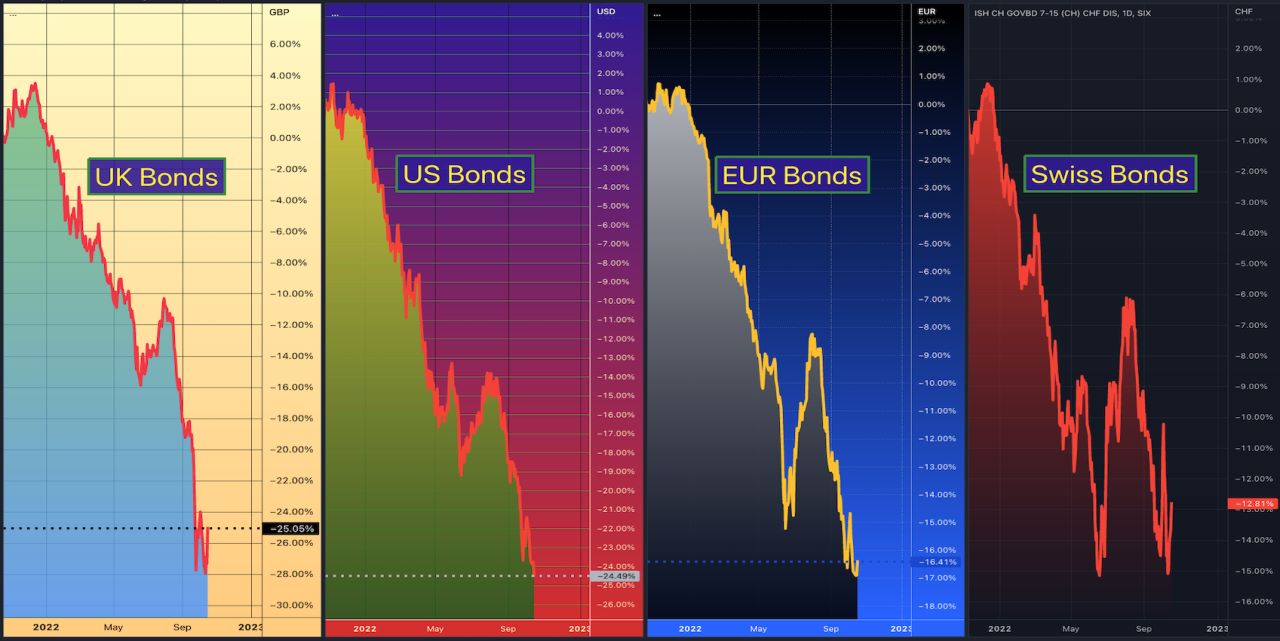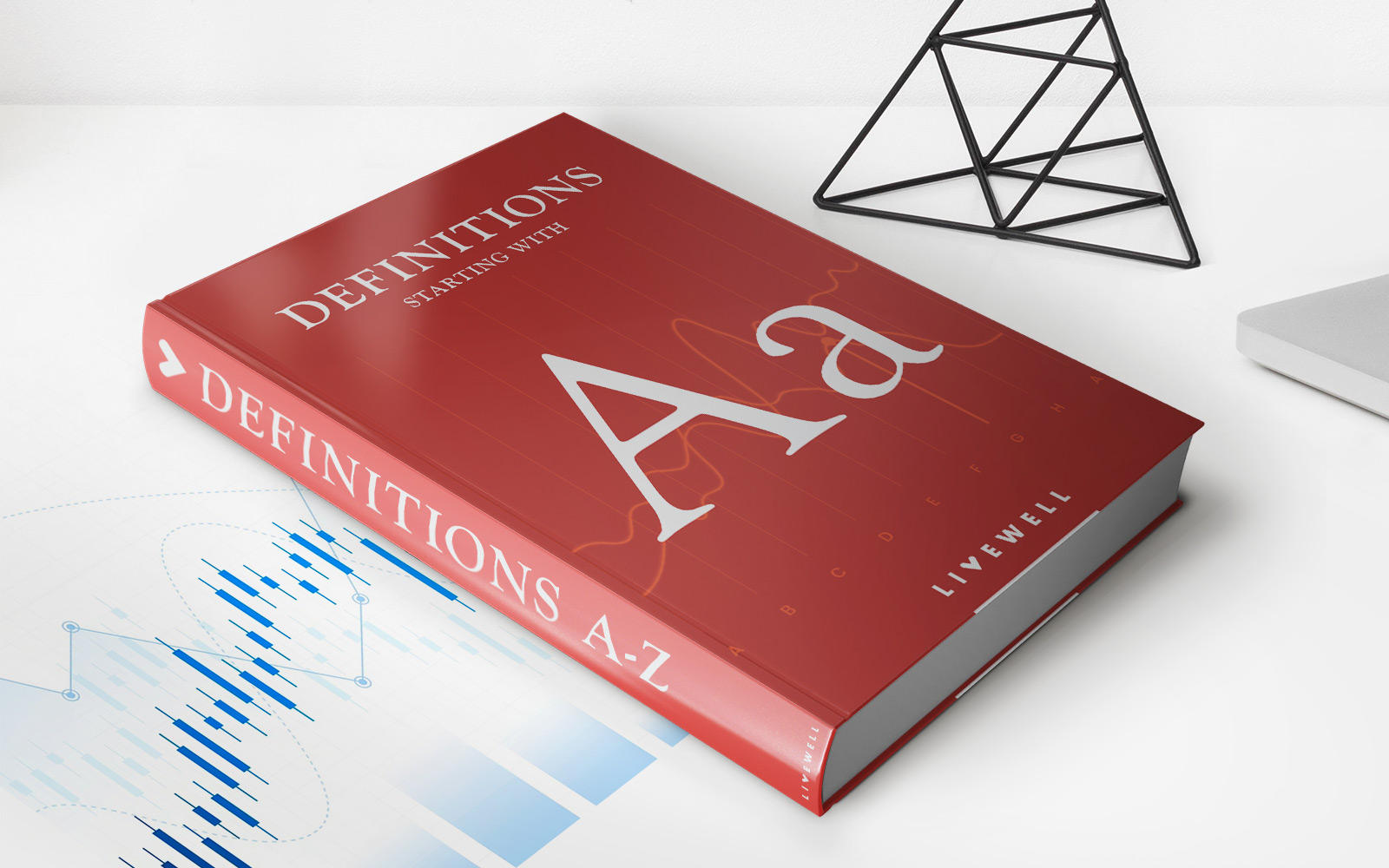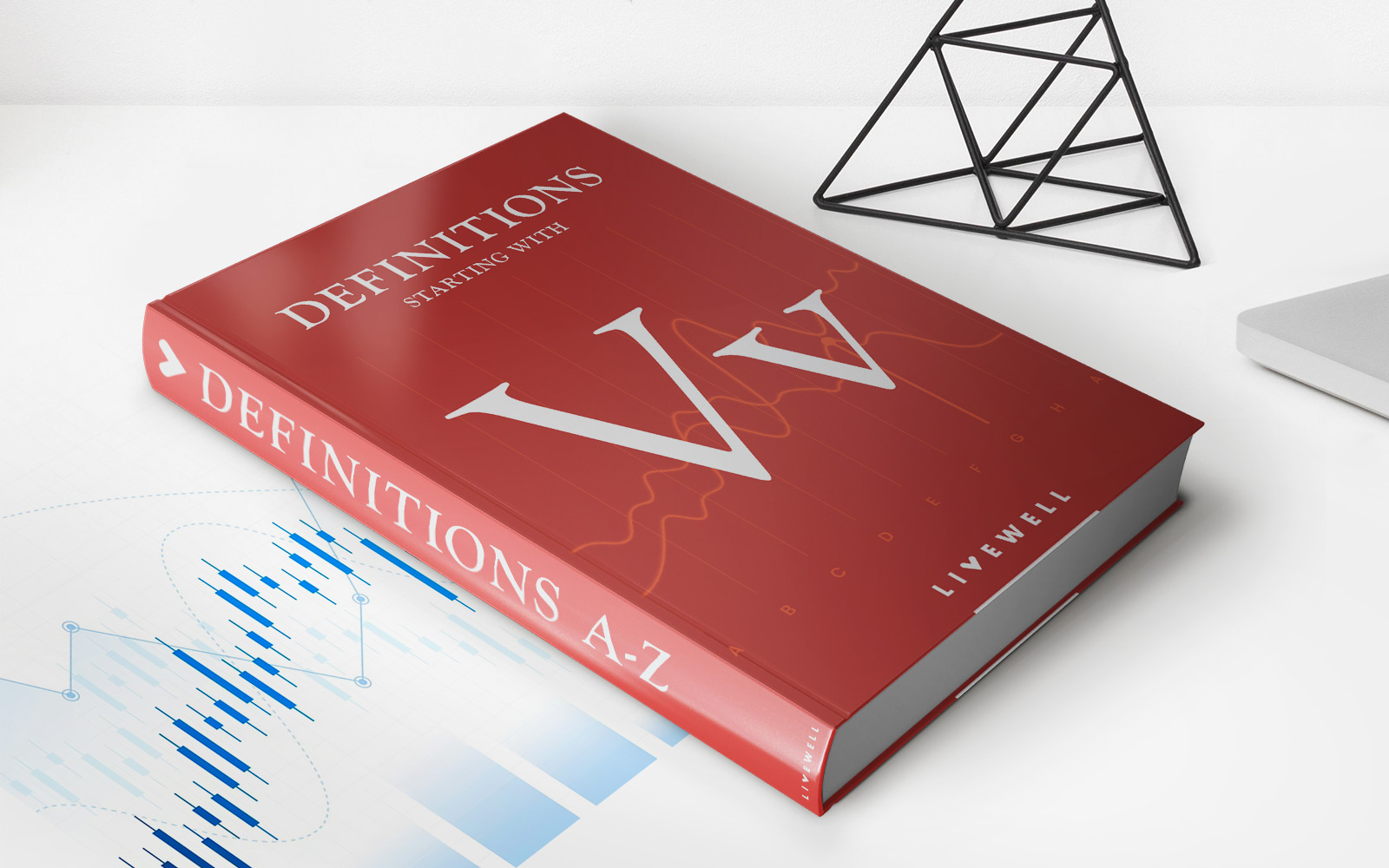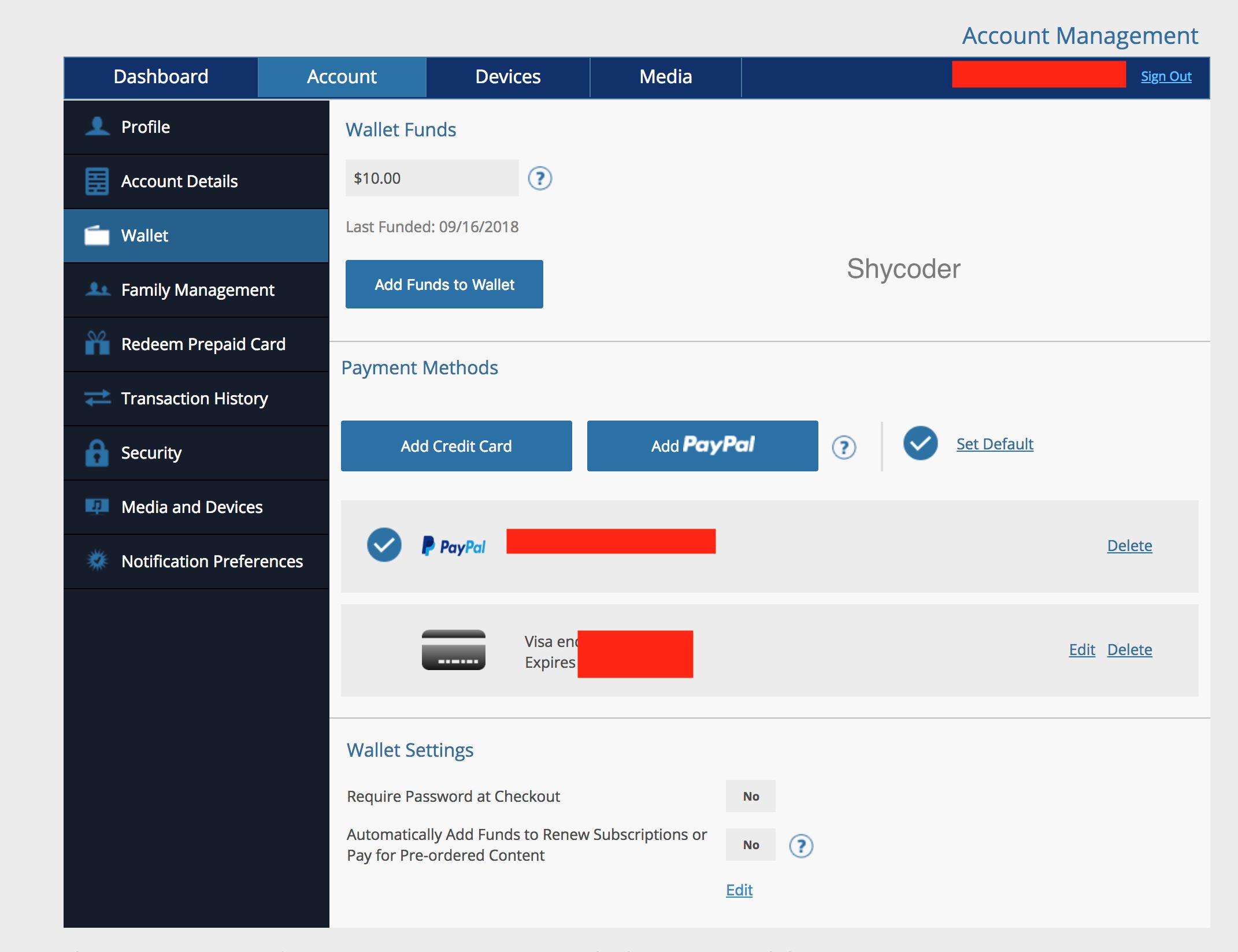

Finance
When Did Pension Funds Start?
Published: January 23, 2024
Discover the origins of pension funds and their impact on finance. Explore the history and evolution of pension funds in the world of finance.
(Many of the links in this article redirect to a specific reviewed product. Your purchase of these products through affiliate links helps to generate commission for LiveWell, at no extra cost. Learn more)
Table of Contents
Introduction
Pension funds play a pivotal role in the financial landscape, providing a source of income for individuals during retirement. These funds are designed to ensure financial security for retirees, offering a means to sustain their standard of living after leaving the workforce. Understanding the origins and evolution of pension funds can provide valuable insights into the mechanisms that support retirement planning today.
The concept of pension funds has a rich history, dating back centuries. Over time, these funds have undergone significant transformations, adapting to the changing needs of societies and economies. Exploring the early roots and subsequent development of pension funds sheds light on their profound impact on individuals, businesses, and the broader financial system.
This article delves into the history of pension funds, tracing their evolution from ancient civilizations to the modern era. By examining the historical context and the pivotal milestones that shaped pension funds, we can gain a deeper appreciation for their enduring significance. Furthermore, we will explore the vital role that pension funds play in the economy, along with the challenges they face in today's dynamic financial environment. Through this exploration, readers will gain a comprehensive understanding of the past, present, and future of pension funds, illuminating their enduring importance in the realm of personal finance and retirement planning.
Early History of Pension Funds
The concept of providing financial support to individuals in their later years has roots that can be traced back to ancient civilizations. In ancient Rome, soldiers were promised pensions as a form of reward for their military service. This early form of pension, known as a stipendium, exemplified the fundamental principle of providing financial security to individuals after years of dedicated service.
Similarly, in the 17th century, the Dutch East India Company established one of the earliest pension funds for its employees. This pioneering initiative laid the groundwork for the structured provision of retirement benefits, marking a significant milestone in the evolution of pension systems.
During the Industrial Revolution, as urbanization and industrialization transformed societies, the need for formalized retirement plans became increasingly apparent. In response to this societal shift, various industries and employers began implementing pension schemes to ensure the well-being of their aging workforce. These early pension arrangements often took the form of defined benefit plans, wherein retirees received a predetermined amount based on their years of service and salary history.
The 19th century witnessed the emergence of government-led pension programs, notably exemplified by the Old-Age Pensions Act of 1908 in the United Kingdom. This legislation marked a significant step toward establishing a comprehensive state pension system, reflecting a growing recognition of the state’s responsibility to support aging citizens.
Throughout history, the evolution of pension funds has been shaped by societal, economic, and legislative developments. These early forms of pension provision laid the groundwork for the sophisticated retirement planning mechanisms that exist today, underscoring the enduring importance of financial security in old age.
Development of Modern Pension Funds
The evolution of pension funds from rudimentary arrangements to sophisticated modern systems reflects the dynamic interplay of economic, social, and legislative factors. The 20th century witnessed a paradigm shift in the structure and management of pension funds, catalyzed by significant historical events and changing demographic trends.
Following the devastation of World War II, many nations recognized the imperative of establishing comprehensive social security systems to support their citizens, particularly the elderly. This era saw the proliferation of government-sponsored pension programs, aimed at providing a safety net for retirees and mitigating the risks associated with old age and financial insecurity.
Simultaneously, the private sector witnessed a surge in the adoption of employer-sponsored pension plans, marking a pivotal transition toward modern pension fund management. Defined contribution plans, such as 401(k) accounts in the United States, gained prominence, offering employees greater control over their retirement savings and investment decisions.
The advent of modern portfolio theory and the rise of institutional investing further transformed the landscape of pension fund management. Institutional investors, including pension funds, embraced diversified investment strategies, encompassing equities, fixed income securities, real estate, and alternative assets. This shift toward a more diversified investment approach aimed to optimize returns and mitigate risk, aligning with the long-term nature of pension fund liabilities.
Moreover, the regulatory framework governing pension funds underwent substantial refinement, emphasizing transparency, accountability, and prudential oversight. Regulatory bodies and industry standards set stringent guidelines to safeguard pension assets and uphold fiduciary responsibilities, ensuring the prudent management of funds to fulfill future pension obligations.
Today, the development of modern pension funds reflects a convergence of public and private initiatives, underpinned by a commitment to fostering retirement security and financial well-being. The evolution of pension fund management continues to be shaped by technological advancements, demographic shifts, and evolving economic paradigms, reaffirming the pivotal role of pension funds in the fabric of contemporary retirement planning.
Role of Pension Funds in the Economy
Pension funds exert a profound influence on the economy, serving as key institutional investors that allocate substantial capital across a diverse spectrum of financial assets. Their role extends beyond providing retirement benefits, encompassing significant contributions to capital markets, corporate governance, and long-term economic stability.
One of the primary functions of pension funds in the economy is their role as major investors in financial markets. Through their substantial asset holdings, pension funds contribute to the efficient allocation of capital, facilitating economic growth and innovation. By channeling funds into equities, bonds, and alternative investments, pension funds support businesses, infrastructure projects, and entrepreneurial ventures, fostering a conducive environment for economic expansion.
Furthermore, pension funds play a pivotal role in influencing corporate governance and shareholder activism. As significant shareholders in publicly traded companies, pension funds wield considerable influence in advocating for sound corporate governance practices, ethical conduct, and sustainable business strategies. Their active engagement with corporate management fosters transparency, accountability, and long-term value creation, thereby contributing to the overall health of the economy.
Moreover, pension funds serve as stabilizing forces in financial markets, particularly during periods of volatility and economic uncertainty. Their long-term investment horizon and risk-mitigation strategies provide a counterbalance to short-term market fluctuations, bolstering market resilience and investor confidence. This stability is instrumental in sustaining the health of the broader economy, as pension funds act as steadfast institutional investors with enduring commitments to their beneficiaries.
In addition to their impact on financial markets and corporate governance, pension funds play a crucial role in fostering intergenerational equity and social cohesion. By facilitating long-term savings and investment, pension funds contribute to the equitable distribution of wealth across generations, ensuring that individuals can maintain financial security in retirement. This intergenerational wealth transfer promotes social stability and economic resilience, underpinning the sustainability of the broader societal framework.
Overall, the multifaceted role of pension funds in the economy underscores their significance as influential institutional investors and custodians of long-term financial stability. Their contributions extend beyond providing retirement income, encompassing pivotal functions that shape the dynamics of capital markets, corporate governance, and societal well-being, thereby cementing their status as integral pillars of the global economy.
Challenges Faced by Pension Funds
Despite their pivotal role in retirement planning and the broader economy, pension funds encounter a myriad of challenges that underscore the complexity of their operations and the evolving financial landscape. These challenges encompass demographic shifts, investment uncertainties, regulatory dynamics, and sustainability concerns, posing formidable hurdles to the effective management of pension assets and the fulfillment of long-term obligations.
Demographic transitions, characterized by aging populations and declining birth rates in many regions, present a significant challenge to pension funds. The imbalance between active contributors and retirees places strain on pension systems, necessitating innovative strategies to ensure the sustainability of retirement benefits amid shifting demographic dynamics. Addressing this demographic challenge requires adaptive measures, such as raising retirement ages, enhancing workforce participation, and exploring diversified investment avenues to bolster pension fund viability.
Furthermore, pension funds grapple with the complexities of investment risk and market volatility, particularly in an era marked by geopolitical uncertainties and macroeconomic fluctuations. The pursuit of robust investment returns while managing risk exposure demands astute portfolio diversification, rigorous stress testing, and agile asset allocation strategies to navigate the intricacies of global financial markets, thereby safeguarding pension fund assets and preserving long-term solvency.
Regulatory compliance and governance imperatives constitute another formidable challenge for pension funds. Evolving regulatory frameworks, accounting standards, and fiduciary responsibilities necessitate rigorous adherence to compliance measures, transparency mandates, and prudent risk management practices. Striking a balance between regulatory conformity and investment agility remains a perpetual challenge for pension fund managers, requiring adept navigation of legal complexities and regulatory nuances to ensure robust governance and operational resilience.
Moreover, the imperative of sustainability and environmental, social, and governance (ESG) considerations presents a pressing challenge for pension funds. Integrating ESG principles into investment strategies, aligning with ethical mandates, and addressing climate-related risks demand a holistic approach to responsible investing. Balancing financial returns with sustainable impact and ethical stewardship poses a multifaceted challenge, compelling pension funds to adopt progressive ESG frameworks and sustainable investment paradigms to fortify their long-term sustainability.
In navigating these multifaceted challenges, pension funds must embrace innovation, adaptive strategies, and collaborative partnerships to fortify their resilience and sustain their pivotal role in retirement security and economic stability. By proactively addressing demographic, investment, regulatory, and sustainability challenges, pension funds can chart a resilient course toward fulfilling their fiduciary obligations and advancing the welfare of retirees in an ever-evolving financial landscape.
Conclusion
The evolution of pension funds from ancient stipends to modern retirement planning mechanisms epitomizes their enduring significance in fostering financial security and economic stability. The historical trajectory of pension funds underscores their pivotal role in supporting retirees, shaping capital markets, and influencing corporate governance, thereby embodying their multifaceted impact on the fabric of the global economy.
As custodians of long-term financial well-being, pension funds navigate a complex landscape fraught with demographic, investment, regulatory, and sustainability challenges. The imperative of addressing these challenges underscores the resilience and adaptability required to sustain the vital functions of pension funds, ensuring the fulfillment of retirement obligations and the preservation of economic equilibrium.
Looking ahead, the future of pension funds hinges on innovative strategies, adaptive governance, and sustainable investment paradigms. Embracing technological advancements, ESG integration, and collaborative partnerships will fortify the resilience of pension funds, enabling them to navigate demographic transitions, market uncertainties, regulatory dynamics, and sustainability imperatives with unwavering efficacy.
Ultimately, the enduring role of pension funds in the economy transcends their function as financial vehicles for retirement income. They embody the commitment to intergenerational equity, sustainable wealth transfer, and enduring economic stability, cementing their status as indispensable pillars of the global financial landscape. By addressing the multifaceted challenges and embracing progressive strategies, pension funds will continue to serve as stalwart guardians of retirement security and steadfast contributors to the prosperity of future generations.














